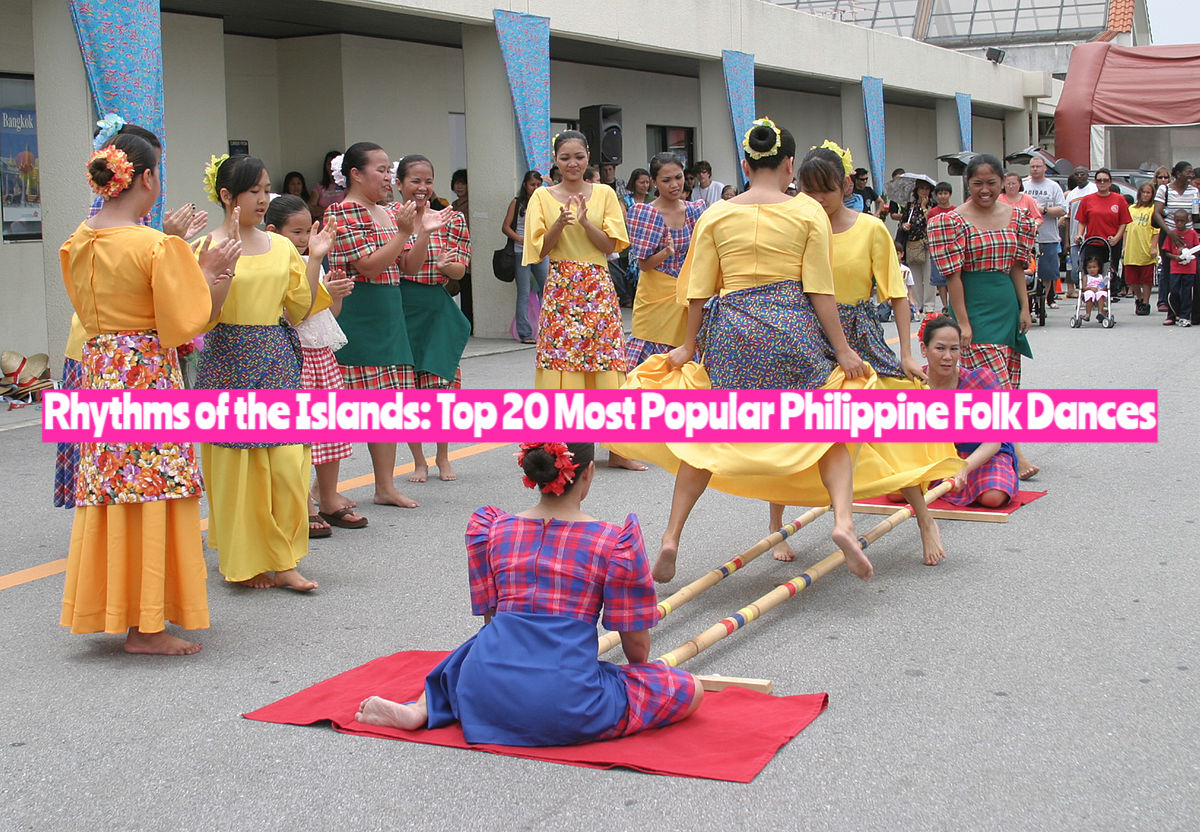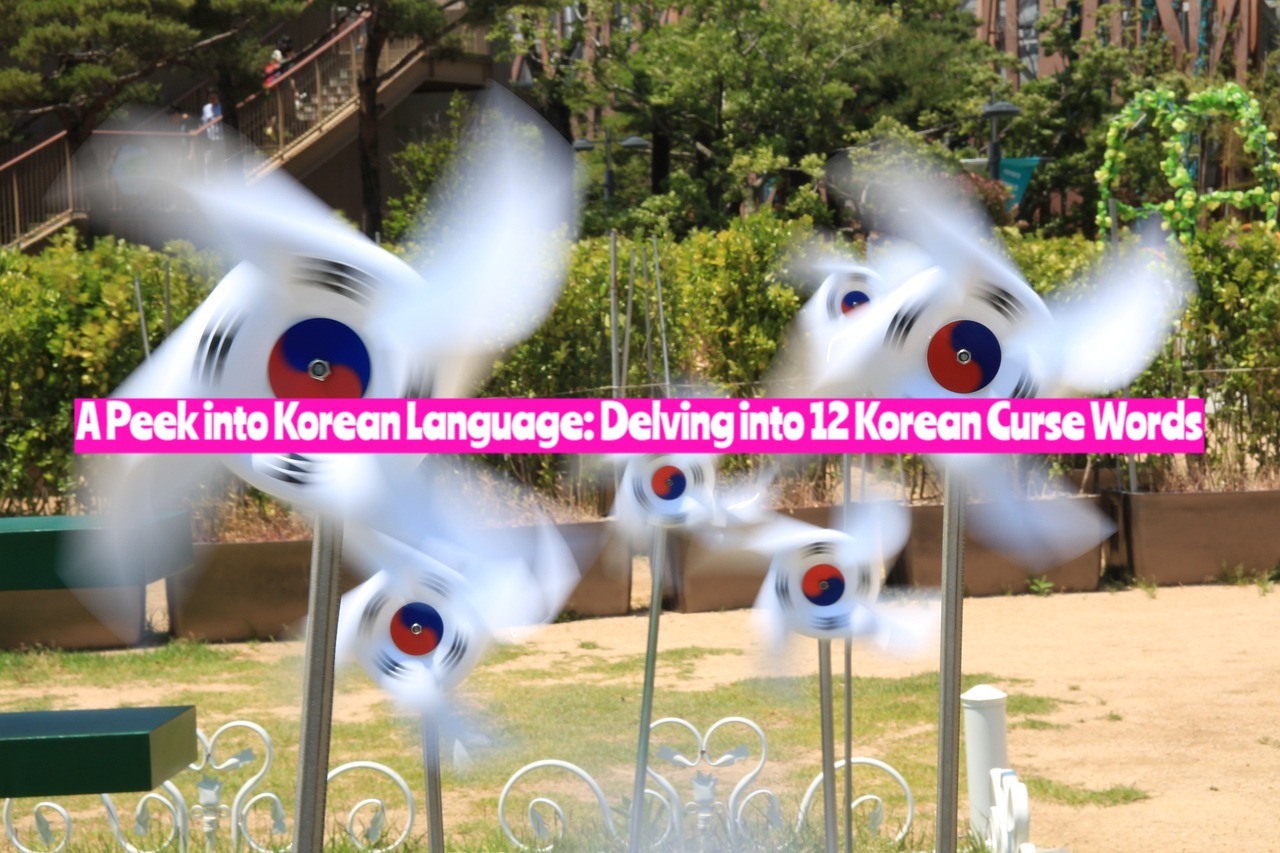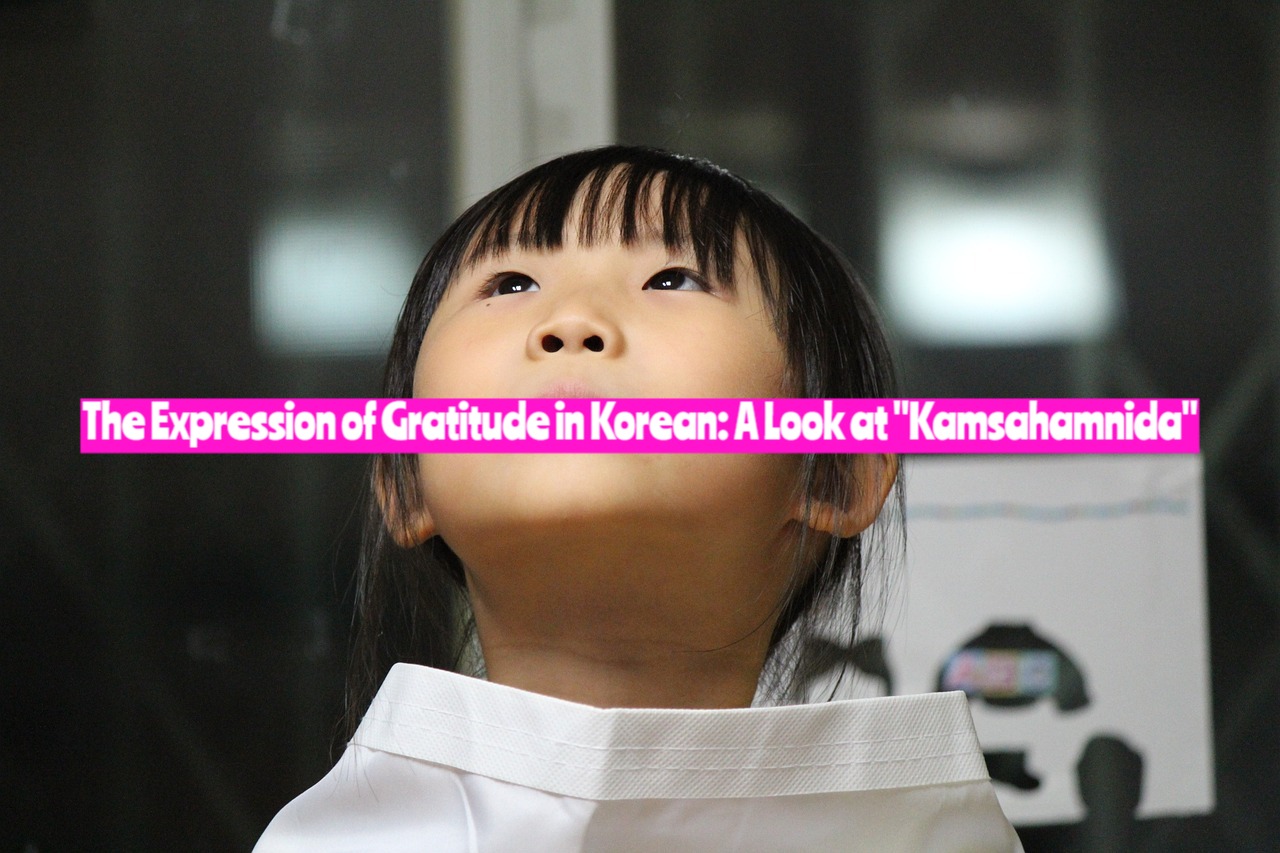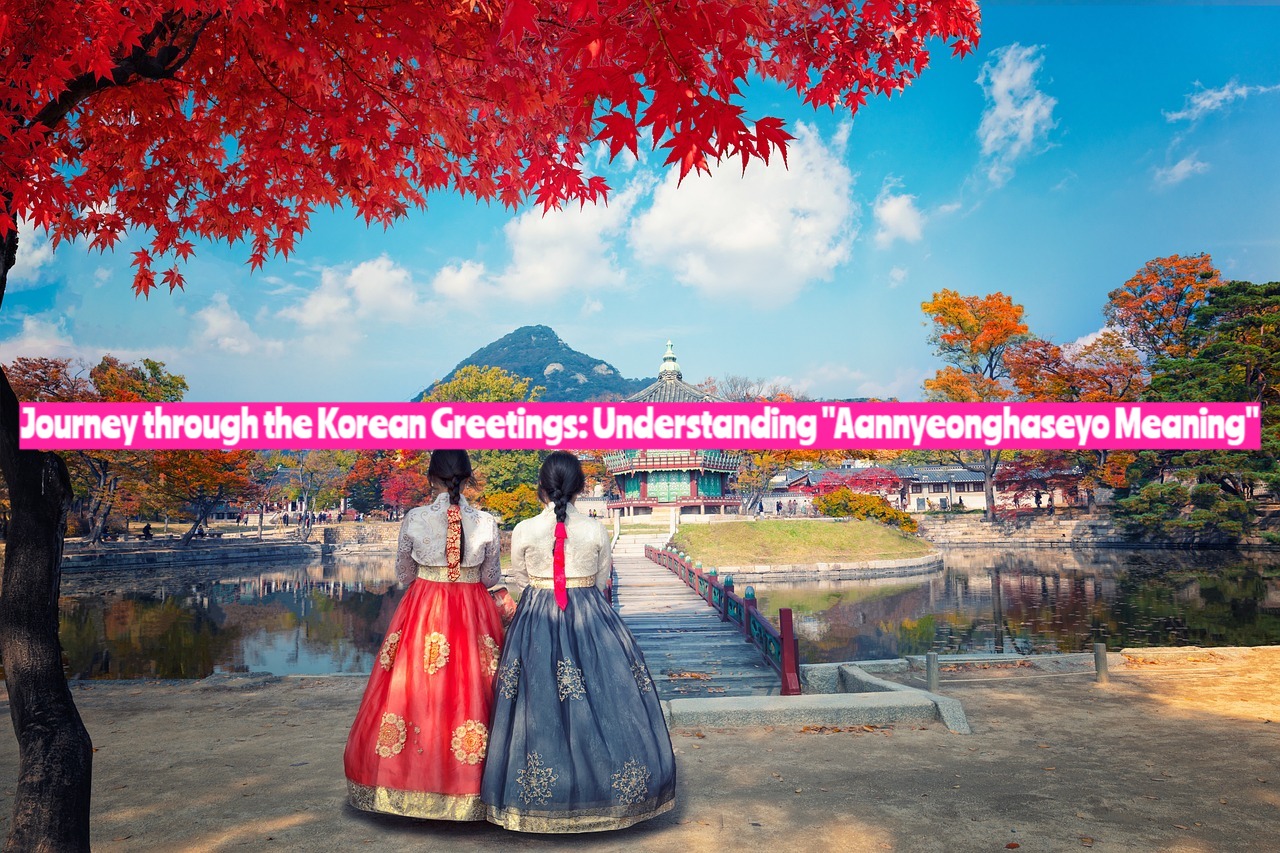Your cart is currently empty!
Author: Jhon Julius Garcia
-

How Many Islands Are There In The Philippines? Is it 7,107?
From pristine beaches to lush rainforests, the Philippines, a mesmerizing archipelago located in Southeast Asia, is known for its breathtaking natural beauty. For many years, we’ve been attached to the widely accepted count of 7,107 islands, which made up this tropical paradise. However, this figure has been subject to reevaluation in recent years due to…
-

Rhythms of the Islands: Top 20 Most Popular Philippine Folk Dances
The Philippines, a nation rich in cultural diversity and vibrant tradition, holds a vibrant array of awe-inspiring folk dances. These dances are far more than entertainment; they’re an embodiment of the history, communal values, individual stories, and cultural symbolism that breathe life into the fabric of Philippine society. From the gracefully executed movements in ‘Tinikling’…
-

15 Private Resorts in Antipolo for the Ultimate Staycation Experience
As we navigate through our busy schedules and constantly evolving lifestyles, the idea of retreat and relaxation is not just a luxury but a necessity. The bustling city of Antipolo, rich in culture and natural beauty, offers a myriad of private resorts that provide the perfect escape for those seeking a refreshing staycation. Enveloped by…
-

PNR Stations List & Schedules (Updated Guide)
Philippine National Railways (PNR), is a vital transportation network that weaves together the vibrant regions of Manila and Laguna through its affordable and accessible train system. Since its inception in 1892, the PNR has become a primary travel option, catering to the demands of busy urbanites, daily commuters, and curious tourists. The PNR seamlessly connects…
-

A Guide to the MRT Stations in the Philippines: Starting with North Avenue Station
Navigating the bustling streets of the Philippines is made simpler with the Metropolitan Rail Transport otherwise known as the MRT. Comprising 13 strategically located stations, the MRT provides a convenient and efficient way for locals and tourists alike to traverse through the metropolitan area. From North Avenue Station in Quezon City to the last station…
-

The Best Rabbit Food in the Philippines: Nutritious Options for Happy Bunnies
When it comes to our perky-eared friends, the task of finding the best rabbit food is no exception. In the lush tropics of the Philippines, rabbit owners seek high-quality foods to keep their bouncy buddies content and thriving. So, whether you are a first-time rabbit guardian or an experienced caretaker, this guide is here to…
-

A Peek into Korean Language: Delving into 12 Korean Curse Words
Language, including profanity, is a significant part of any culture—it tells us a lot about societal norms, taboos, and how people express emotions. In this article, we are going to delve into twelve Korean curse words while also giving a glimpse into the cultural context. Before we start, however, it’s crucial to note that using…
-

Inside Korean Language: Discovering “Gwenchana Meaning”
For those with a keen interest in Korean culture and language, or as avid K-drama fans, one will often hear the term “Gwenchana”. This Korean expression is one of the first phrases you are likely to learn, given its frequency of use and crucial meaning in various contextual situations. This article delves into understanding the…
-

The Expression of Gratitude in Korean: A Look at “Kamsahamnida”
There’s a certain joy in connecting with another culture, and one of the most emotionally resonant ways to do so is by understanding its expressions of gratitude. For anyone interested in Korean language and culture, “Kamsahamnida” (감사합니다) is a term you’re likely to hear often. It is the standard Korean word for ‘thank you’, but…
-

Journey through the Korean Greetings: Understanding “Aannyeonghaseyo Meaning”
One of the first words encountered by anyone delving into the Korean language or interested in Korean culture is “Annyeonghaseyo” (아녕하세요). Often transliterated as “Hello” in English, “Annyeonghaseyo” embodies much more richness and deep-seated cultural connotations. This article aims to dissect the meaning behind this familiar greeting, revealing the cultural essence within it. Origin and…